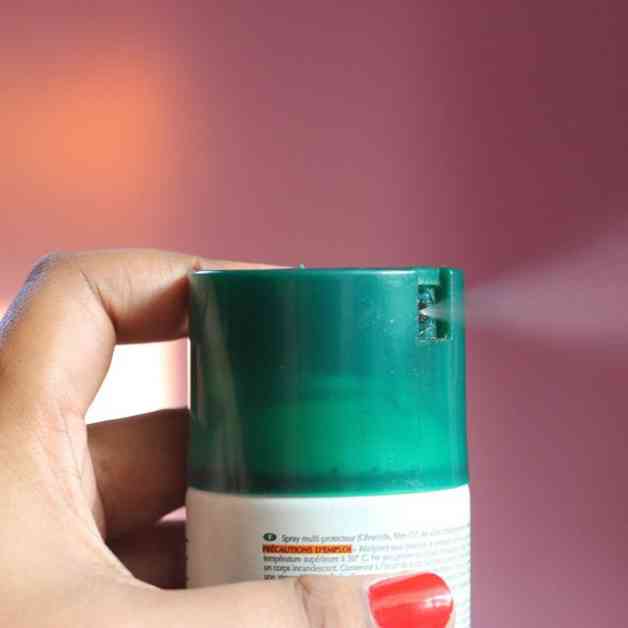A study conducted by EPFL reveals the significant impact of cosmetic products on indoor air quality. When used indoors and in contact with ozone, chemical reactions can occur, producing new compounds and particles that can deeply penetrate the lungs. The consequences of this on health are still unknown, as scientists are unsure of how daily inhalation of these particles affects respiratory health.
The research, published in “Environmental Science & Technology Letters,” used products from major brands available across Europe, including a roll-on deodorant, a spray deodorant, a hand cream, a perfume, and a dry shampoo. It took researchers two years to analyze all the collected data.
In the first test, scientists applied the products indoors under normal conditions without ozone. Over 200 volatile organic compounds (VOCs) were emitted by the cosmetics, which gradually dissipated with ventilation. The most abundant molecules detected were ethanol and monoterpenes, commonly used in these products.
In a second test, researchers introduced ozone, a reactive gas present in the atmosphere during European summers. Ozone can enter homes through open windows or from indoor sources like laser printers or 3D printers. When ozone was introduced, not only new VOCs were generated but also new particles, particularly from perfumes and sprays. The concentration exceeded levels found in heavily polluted urban areas like downtown Zurich.
“Some molecules nucleate, forming new particles that can coagulate into larger fine particles that can easily penetrate our lungs,” explains Dusan Licina, the study’s lead and director of EPFL’s Human-Oriented Environmental Lab (HOBEL) located in the Smart Living Lab in Fribourg. The effects of these pollutants on health are not yet well understood, and further toxicological studies are needed to determine their potential harm, especially since they are applied near where we breathe.
To minimize the impact of cosmetic products on indoor air quality, EPFL suggests several alternatives, particularly in building design. Increasing ventilation, incorporating air purification devices, and limiting indoor ozone concentration are some recommendations. Licina also advises reducing reliance on these products or replacing them with more natural alternatives containing less chemically reactive odorants. It is also important to educate healthcare professionals and staff working with vulnerable groups like children and the elderly.

















